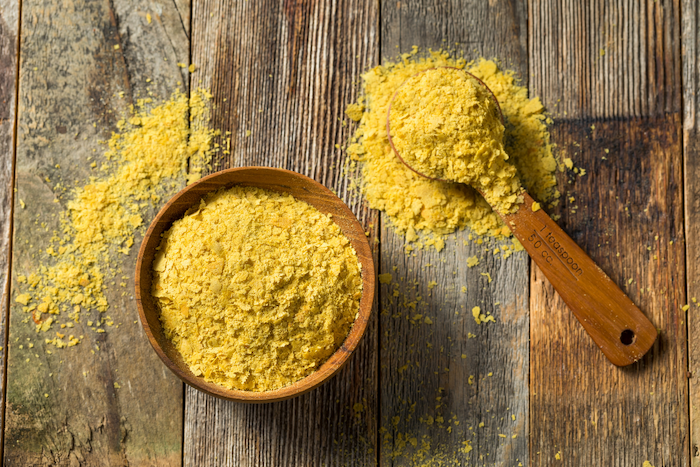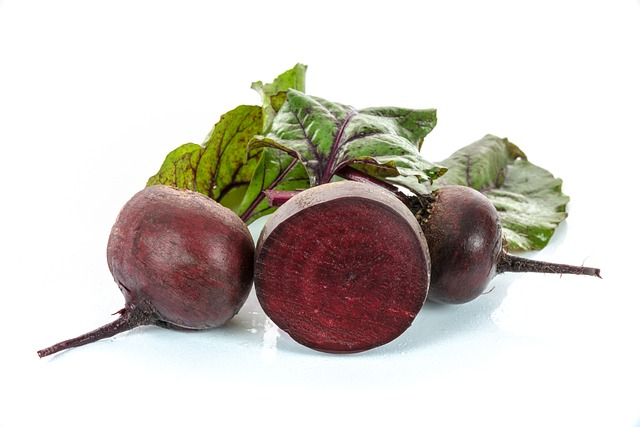The Pros and Cons of Eating Yeast: Is It Good for You?5 min read
There are a lot of different opinions when it comes to eating yeast. Some people believe that it is a great source of nutrients and that it has a number of health benefits. Others believe that eating yeast can actually be harmful to your health. In this blog post, we will explore the pros and cons of eating yeast.
What is nutritional yeast?
Nutritional yeast is a deactivated Saccharomyces cerevisiae, usually known as baker’s or brewer’s yeast that is widely used as a food supplement.
There are three different types that are made from the same species of yeast, but they are different products and usage:
- Baker’s yeast: Baker’s yeast is used to leaven bread. During cooking, the yeast is killed, but it adds an a yeasty and earthy flavour to bread.
- Brewer’s yeast: This is the yeast used to brew beer and can be bought alive. The remaining yeast cells, which are caused by the brewing process, can be eaten as a nutritional supplement but have a strong flavour.
- Nutritional yeast: This yeast is grown to be used as a food product, mostly used in cooking or as a supplement and has a nutty, cheesy, or savoury flavour.
Nutritional yeast are made by growing S. cerevisiae cells for a few days on a sugar-rich medium like molasses. Then, the yeast is deactivated with heat, then harvested, washed,dried, crumbled and packaged for sale.
Nutritional yeast is available in two forms: fortified and unfortified:
- Unfortified: This yeast only contains the natural vitamins and minerals that come from the yeast cells in the growing process. It doesn’t have any added vitamins or minerals.
- Fortified: During the production process, synthetic vitamins are added to boost nutrient content in this yeast. It will usually be added in the ingredients list if there are added vitamins. This type is the commonly sold nutritional yeast.
Nutritional yeast is available in flakes, granules, or powdered form. It can be found at healthy food stores or supermarkets in the spice section. Nutritional yeast is naturally low in sodium and calories, it is fat-free, gluten-free, sugar-free, and vegan, so it fits with any type of diet or eating style that you do.
Choosing between fortified and unfortified yeast depends on what you want to use it for. Fortified yeast is good for you to add extra vitamins and minerals to your food, but if you only want to add the yeast flavour in your food, whether it’s fortified or not should not be an issue.
The pros of eating nutritional yeast
1. Highly nutritious
Nutritional yeast is rich in protein and vitamin B12, which is good for vegetarian and vegan diets. It is naturally high in vitamin B, but fortified nutritional yeast contains additional vitamins and minerals, such as B12, B6, niacin, riboflavin, thiamine, and folic acid, which gives you more nutrition.
The unfortified version also still contains some vitamin B that comes naturally as the yeast grows.
Nutritional yeast is a complete protein. It contains all essential amino acids that humans need from food. One tbsp contains 2 gr of protein, which is a good option for vegans to get protein.
Nutritional yeast also has trace minerals, such as zinc, selenium, manganese, and molybdenum. Trace minerals is beneficial in gene regulation, metabolism, immunity and growth.
Always read the labels on the packaging for a complete nutritional values.
2. Fulfill your vitamin B12 needs, especially for vegans
Vitamin B12 is important for your nervous system, energy metabolism, and red blood cells creation. Vitamin B12 can only be found naturally in animal products, so nutritional yeast is a good option for vegans to prevent vitamin B12 deficiency.
3. Antioxidants
Nutritional yeast contains the powerful antioxidants glutathione and selenomethionine, and it helps Antioxidants help fight cell damage caused by free radicals and help detox your body from environmental toxins.
Eating foods that are high in antioxidant can help fight chronic diseases, including cancer and heart diseases.
4. May help control cholesterol
Nutritional yeast also contains beta-glucan that according to some studies, it may help in lowering cholesterol level. In the study, men with high cholesterol consume 15 gr of beta-glucan taken from yeast everyday for eight weeks, resulting in lower cholesterol level by 6%.
5. Immunity booster
Some animal studies suggest that the alpha-mannan and beta-glucan found in nutritional yeast can help in stimulating immune cells. However, further research is needed of these effects in human.
Cons of eating yeast
Although nutritional yeast is a highly nutritious food, there are also some disadvantages to eating it, especially if you’re sensitive to yeast products or if you’re on certain medications. Let’s take a closer look at the cons of this popular food.
1.May cause migraines or headaches
Some yeast products contain tyramine. Tyramine is found naturally in yeast and it’s a compound derived from the amino acid tyrosine. You can still enjoy yeast without experiencing any side effects, but if you have migraines, you should avoid consuming yeast.
2. Digestive Issues
Nutritional yeast is rich in fiber. Two tablespoons of yeast provides 5 gr of fiber, which is about 20% of the recommended daily intake.Consuming yeast too much and too fast may cause abdominal and digestive discomfort, such as cramps or diarrhea.
The best practice to overcome this is to start slow with small portions, and then slowly increase the portion. Don’t forget to drink lots of water.
3.Allergies and inflammatory bowel diseases
You should avoid nutritional yeast if you are sensitive to yeast products.
Nutritional yeast might also aggravate symptoms of inflammatory bowel diseases like Crohn’s disease.
4.Facial flushing
Facial flushing is a condition where your skin shows redness and might be followed by a sensation of itching and burning.
This can happen after eating niacin in high doses, and nutritional yeast has a high amount of niacin. One tablespoon of nutritional yeast flakes contains about 38 mg of niacin.
Facial flushing causes some discomfort, but it’s not harmful and it usually lasts for one to two hours. Facial flushing can happen when you consume niacin in a high dose – 500 gr – which is more likely to happen if you take a niacin supplement.
5.Interfere with medication
Nutritional yeast is not recommended for people taking diabetes medication. The tyramine in nutritional yeast may interact with certain medications used to treat depression, narcotics for severe pain, and antifungal drugs.
Does nutritional yeast go bad?
Store your nutritional yeast in an airtight container and keep it in a cool, dark place, like the cupboard, to keep its vitamins and nutrients. Storing it properly will make it last to up to two years.
How to use nutritional yeast
Nutritional yeast has nutty, cheesy, and savoury flavour, making it a great addition to your dishes. It is often used to add cheesy flavour to vegan recipes, such as vegan pasta dish, vegan mac and cheese, or you can enjoy it with popped popcorn.

Conclusion
Nutritional yeast is a great addition to your meal to get the nutritional benefits. However, always keep in mind to consume in a considerate amount to avoid any unpleasant side effects.







One Comment